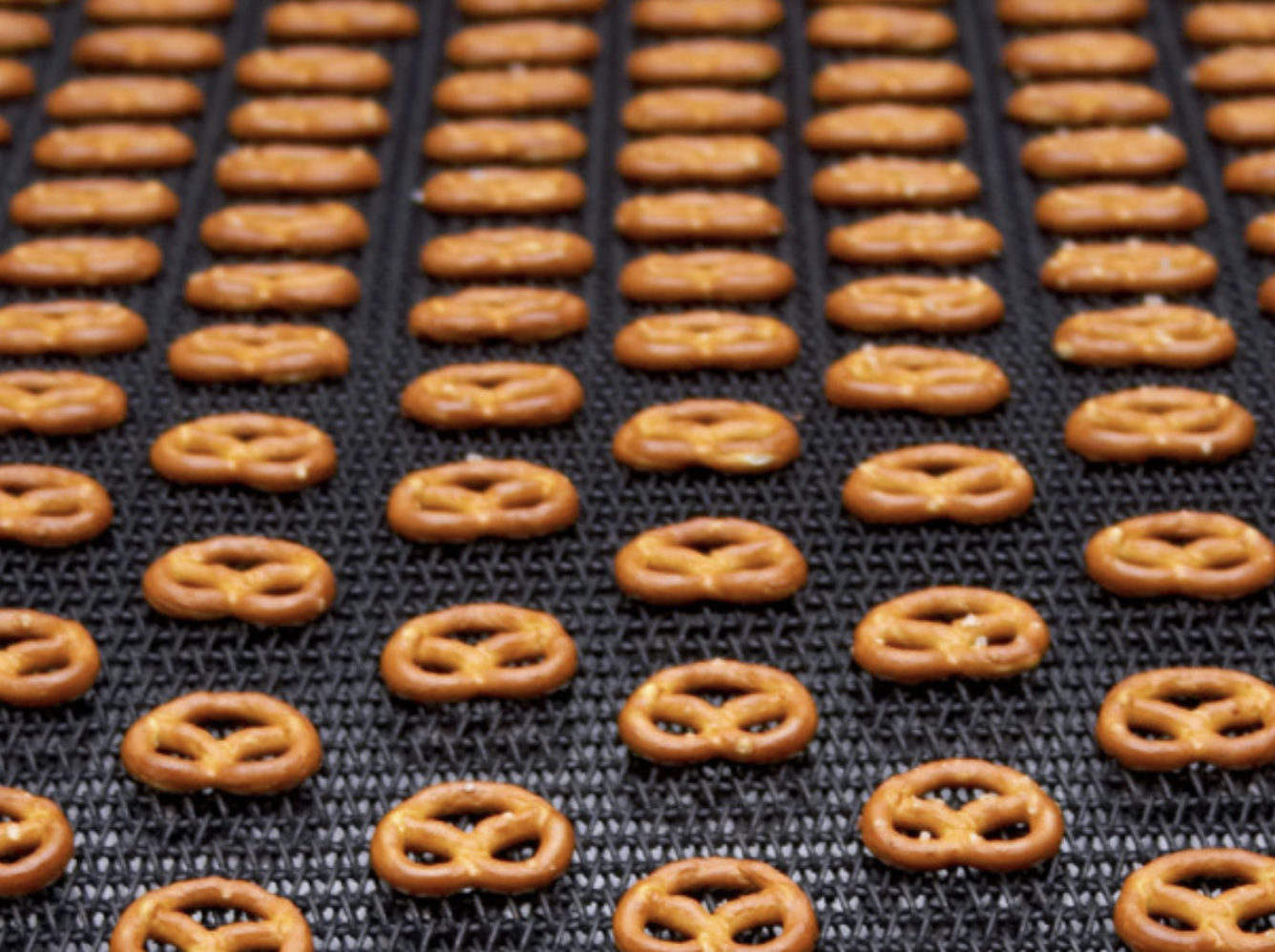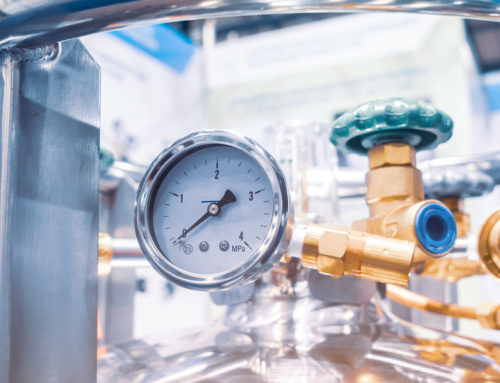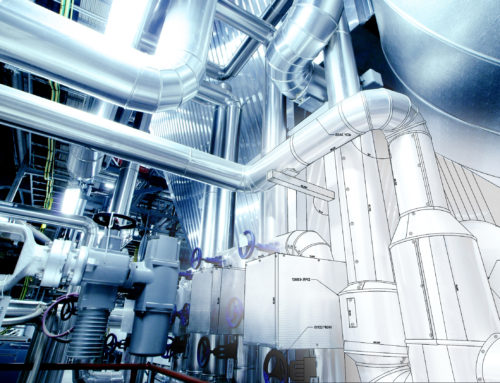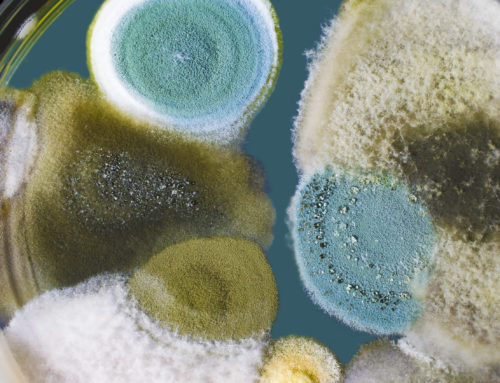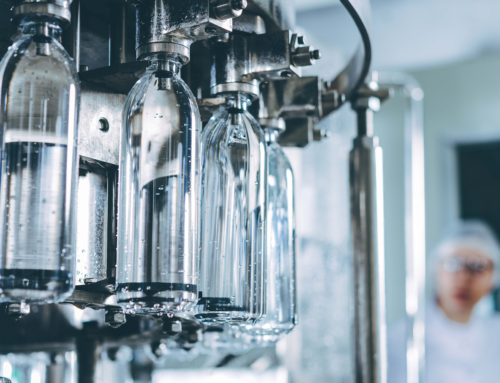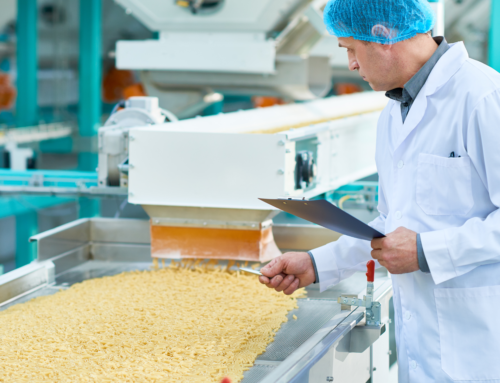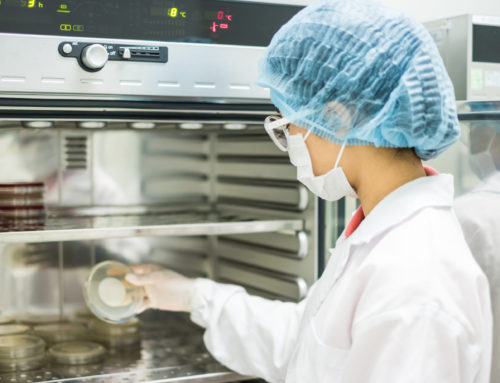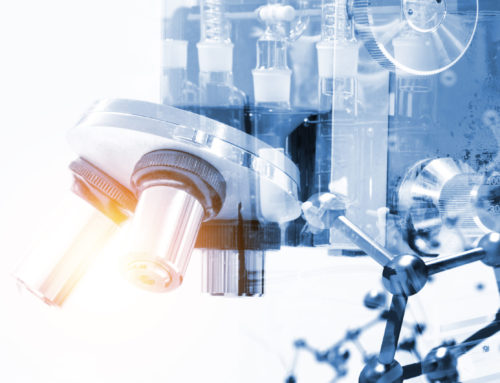Trace Analytics was honored to participate in the 2017 SQF International Conference. Thank you to everyone who met with us to discuss the changes to compressed air and gas testing requirements in the new SQF Code, Edition 8.
SQF Edition 8 Changes
With the release of the new SQF Code, Edition 8, compressed air requirements have changed:
Compressed Air and Other Gases Must Be Clean and Regularly Monitored
“11.5.5.1 Compressed air or other gases (e.g. nitrogen, carbon dioxide) that contacts food or food contact surfaces shall be clean and present no risk to food safety.”
“11.5.5.2 Compressed air systems, and systems used to store or dispense other gases used in the manufacturing process that come into contact with food or food contact surfaces shall be maintained and regularly monitored for quality and applicable food safety hazards.”
–SQF Food Safety Code for Manufacturing
Since the first food safety certification issued in 2000, Safe Quality Food Institute (SQF) has implemented a reliable and credible food safety management system. In 2004, the Global Food Safety Initiative (GFSI) endorsed SQF. With this collaboration the commitment to worldwide food safety and quality certificates was cemented. SQF now certifies in 29 countries and has 360 registered auditors. SQF is the globally recognized leader in food safety quality assessment.
How have compressed air requirements changed in the SQF Code, Edition 8?
1. 11.5.5.1 now specifies that “other gases (e.g. nitrogen, carbon dioxide)” must present no risk to food safety.
What does this mean for you? SQF Code, Edition 7.2 only requires the cleanliness and safety of compressed air and does not include other gases as a potential risk. If you use pure gases in your process, they too must be assessed for risk and included in your monitoring schedule.
2. 11.5.5.2 now specifies that “systems used to store or dispense” other gases must be maintained and regularly monitored.
What does this mean for you? Specific maintenance and monitoring must be implemented for pure gas tanks and compressors. This statement is a reinforcement of the previous introduction of other gases to the scope of requirements.
3. 11.5.5.2 now specifies that compressed air that “comes into contact with food or food contact surfaces” must be regularly monitored.
What does this mean for you? Here, SQF specifically defines which compressed air sources must be monitored. This depends upon how the air is being used in your process – both direct and indirect contact qualify as an air source for monitoring.
4. 11.5.5.2 now specifies that compressed air must be monitored for “quality and applicable food safety hazards.”
What does this mean for you? SQF Code, Edition 7.2, only states that compressed air must be monitored for “purity.” SQF defines purity as “the absence of contaminants that could cause a food safety hazard,” whereas quality is “a measure of exceeding customer or corporate expectations and a state of being free from defects, deficiencies and significant variation.” This change calls for food manufacturers to broaden the scope of risk for which they are accountable.
4. 12.5.6.2 now specifies that “compressed air systems and systems used to store or dispense other gases used in storage and distribution process shall be maintained and regularly monitored for quality and microbiological purity.”
What does this mean for you? SQF Code, Edition 7.2 only requires the cleanliness and safety of compressed air and does not include other gases as a potential risk. If you use pure gases in your process, they too must be assessed for risk and included in your monitoring schedule.
5. 13.5.3.1 now specifies where compressed air comes into contact food packaging or surfaces which contact the food packaging, the air must be filtered using an appropriate filter capable of removing dust, oil, moisture, and microorganisms to avoid cross-contamination to the packaging material. It also specifies that a system must be in place to monitor the purity of the filtered air.
What does this mean for you? SQF Code, Edition 7.2 states “compressed air that contacts packaging products shall be clean and present no risk to food safety.” SQF Code, Edition 8 reinforces Edition 7.2 by now requiring that appropriate filters and monitoring plans are used to ensure there is no risk to food safety.
6. 13.5.3.2 specifies that “compressed air used in the manufacturing process shall be maintained and regularly monitored for purity and completed annually, at minimum.”
What does this mean for you? This section was previously found in the SQF Code, Edition 7.2 guidance documents. It has been moved to SQF Code, Edition 8 Food Safety Fundamentals and Manufacture of Food Packaging. To learn more about changes to the SQF Manufacturing Code Guidance Documents click here.
Need help understanding all of SQF’s compressed air requirements?
We have compiled and summarized the current SQF requirements for compressed air and gas monitoring located here.

